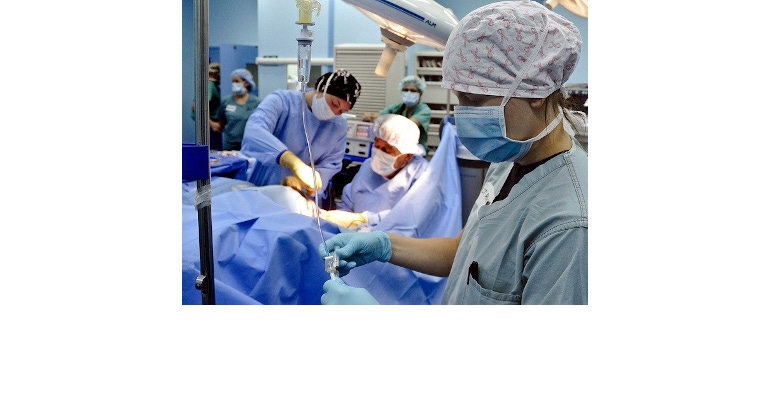'There's No Excuse for Bad Design,' Says Human Factors Expert
Human factors and usability engineering should be incorporated early in the medical device design process.
June 19, 2020

Making sure that medical devices can be safely and effectively used by healthcare workers and patients should be a primary concern for manufacturers. But sometimes this focus is lost or is not taken seriously enough when developing new products. In “Key Aspects of Usability Testing of Medical Devices to Increase Approval Success and Reduce Costs,” a presentation at the upcoming BIOMEDevice Boston conference, Beth Loring, founder and principal at Loring Human Factors Inc. will discuss why human factors and usability engineering (HF/UE) should be incorporated early in the design process.
“The whole point of having a HF/UE process is to protect healthcare workers and patients from getting hurt or killed due to bad device design,” Loring said in an interview with MD+DI. “There's no excuse for bad design.”
She said that the biggest mistake she sees companies make is not following a HF/UE process during development and then scrambling to conduct a human factors validation study at the end because it is required for approval.
“That always ends badly, because if you haven't incorporated it into the design and you haven't conducted testing with users all along, there's no way you'll be able to pass validation on the first try,” Loring said. When that happens, she explained, the manufacturer will have to go back and make costly design changes, which will ultimately delay product launch.
Another mistake that companies can make is to treat human factors like a “check-the-box” activity, Loring said. “So, in other words, doing the very minimum along the way or sometimes even documenting what they did in retrospect,” she clarified. “Maybe they did some user research or they showed a prototype to some users, but never documented it formally, and they never tied it to design requirements—basically cutting corners. In my experience, FDA will see that and they'll be able to tell if it's a check-the-box exercise, which could cause them to scrutinize your submission even more.”
In her presentation, Loring will cover what a successful HF/UE process looks like and why it is required for regulatory approval as well as discuss what FDA reviewers expect to see at the end of the process.
When asked what she would like attendees to take away from her session, Loring said: “For people that are new to human factors, I hope they'll come away with an appreciation for why it's so important and why it makes good business sense. And apart from all the safety aspects, particularly in mature markets, if you have a device that's easy to use and people enjoy using it, then it's going to be more successful than one that's more difficult to use.”
For companies already following a good human factors process, Loring hopes they will learn some new tips for how they can be more efficient and increase their chances of success with FDA.
Loring encouraged anyone who has a stake in whether their company produces devices that are easy and safe to use to bring their specific usability testing concerns and challenges to the session. “I'm hoping that people will come with some good questions that I can help answer,” she concluded.
Loring’s session will be held on September 17, from 2 to 2:45 p.m. in BIOMEDevice Boston Room 1.
About the Author(s)
You May Also Like



